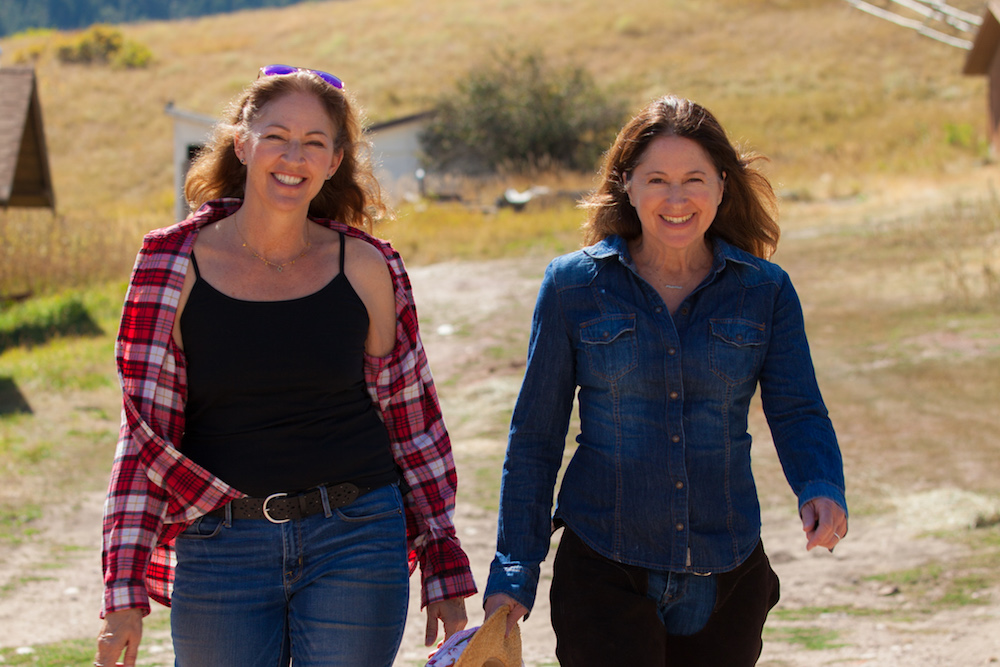It’s a competitive world out there, and the only way we can get what we want out of life is to beat out the competition. One look at the constant streams of social media, and we know we are not winning. Everyone else’s lives, their jobs, cars, partners, clothes and holidays, seem newer, shinier and downright better. And to climb those ladders of success we must assess the competition and figure out how to crush them. Makes sense, right?
Turns out, not so much. Actually, cooperation rather than competition is the preferable method of engaging for reliably successful outcomes. Adopting a solution driven approach to attain goals and resolve conflict is the superior strategy. As individuals, and our species as a whole, cooperation resoundingly trumps competition. Perry W. Buffington, PhD. reports that scientific studies consistently demonstrate, that across the board, cooperation is superior to survival-based competition for financial success, personal success and improved health. The “Us vs. Them” approach impedes achievement and deteriorates relationships, in contrast to a mutually empowered mutual gain strategy that benefits all. So, let’s develop that win/win attitude.
Currently, people are stuck. They mistakenly think steamrolling, settling or compromise are the best options when confronted with tricky interactions, conflict or differences in desired outcomes. In the age of constant comparison through social media’s unrelenting visual stream of just how much better everyone else seems to be doing, people mistakenly believe that beating out the competition or settling for peace and longevity are the metrics of success in all relationships and that cooperation typically ends in an undesirable compromise, so why bother. Therefore, they approach the majority of interactions as primarily win/lose constructs, believing competition gives them the best odds of “winning” over cooperation.
Sadly, this misguided approach leads to frustrated people unnecessarily resigned to an unhappy place feeling powerless to change their circumstance. Families, couples, businesspeople are left stifled, disappointed, disconnected and angry, not getting what they want out of life and their relationships. Lacking the skills to successfully cooperate, they resort to bulldozing, manipulation and compromise – ending up dammed up, ready to explode or retreat, using makeshift, ill-formed strategies to interact.
Adopting a competitive approach with positional bargaining creates dissonance, limits options and too often results in unhappy compromises and narrow solutions that foster a lack of future compliance. Collaboration, alternatively, creates connection rather than dissonance and disengagement. It boosts confidence and makes one braver and more willing to approach conflict in the future. Successful collaboration elevates trust and encourages generosity. Individuals are empowered and more satisfied and therefore less likely to engage in fruitless power struggles. Because when you have mutual buy-in, people are more willing to abide by whatever agreements they’ve made. And the icing on the cake – cooperative problem solving allows for more creativity in devising options, thereby generating more novel and fulfilling solutions that all parties are more than happy to adhere to.
Step One: Start by adopting the superior mindset: It’s not a competition, and we all win through cooperation. You don’t get a prize for “winning” so don’t lead with pushing your position and individual agenda. You might wonder what is wrong with taking a position. The answer is nothing if you are pumped for a fight or you enjoy a good, raucous debate. But it isn’t going to lead to more favorable outcomes.
*Don’t settle, give in, give up, or steamroll and very rarely compromise
Step 2: Build connection, trust and loyalty: You’re a team. You must care about the other party’s interests. You’re new mantra, whether the circumstance is collaborative, cooperative or simply two random individuals aligned toward a mutual goal, is, “I’m interested in what each of us wants.” What each person wants matters. You matter and what you want matters; the other person and what they want matters. You don’t need to want the same things for each of you to get what you individually want. Regardless of divergent interests, you can still be mutually pleased with the outcome. Working as a team, your job is to come together as such and follow the simple rules of collaborative problem solving to find mutually beneficial solutions.
Step 3: Send compromise packing and negotiate to reach mutually satisfying outcomes. (This is an important mandate even when the cooperative negotiation results in a happy compromise.) Compromise is milk toast – soggy, wet, generally unappealing and falls apart.
With your new cooperative approach you are in search of The Third Solution – that unique solution that nurtures and enhances relationships and promotes mutual success and connection. The third solution is that option that fully satisfies each party’s interests. It may be the point of the triangle, or it may be off the chart. It is not a halfway-between point. It is not the window half open or half closed. (It is an extra blanket or a sound machine.) This is the solution that satisfies the core of the interests of each party involved in the negotiation. The third solution solves for the “Why” we want what we want. In the case of the window open or closed dilemma, cooperative negotiation asks, “Why does a particular person, at a particular time, want that darn window open or closed?” Solve for that, and you are on your way to a mutually satisfying solution.

